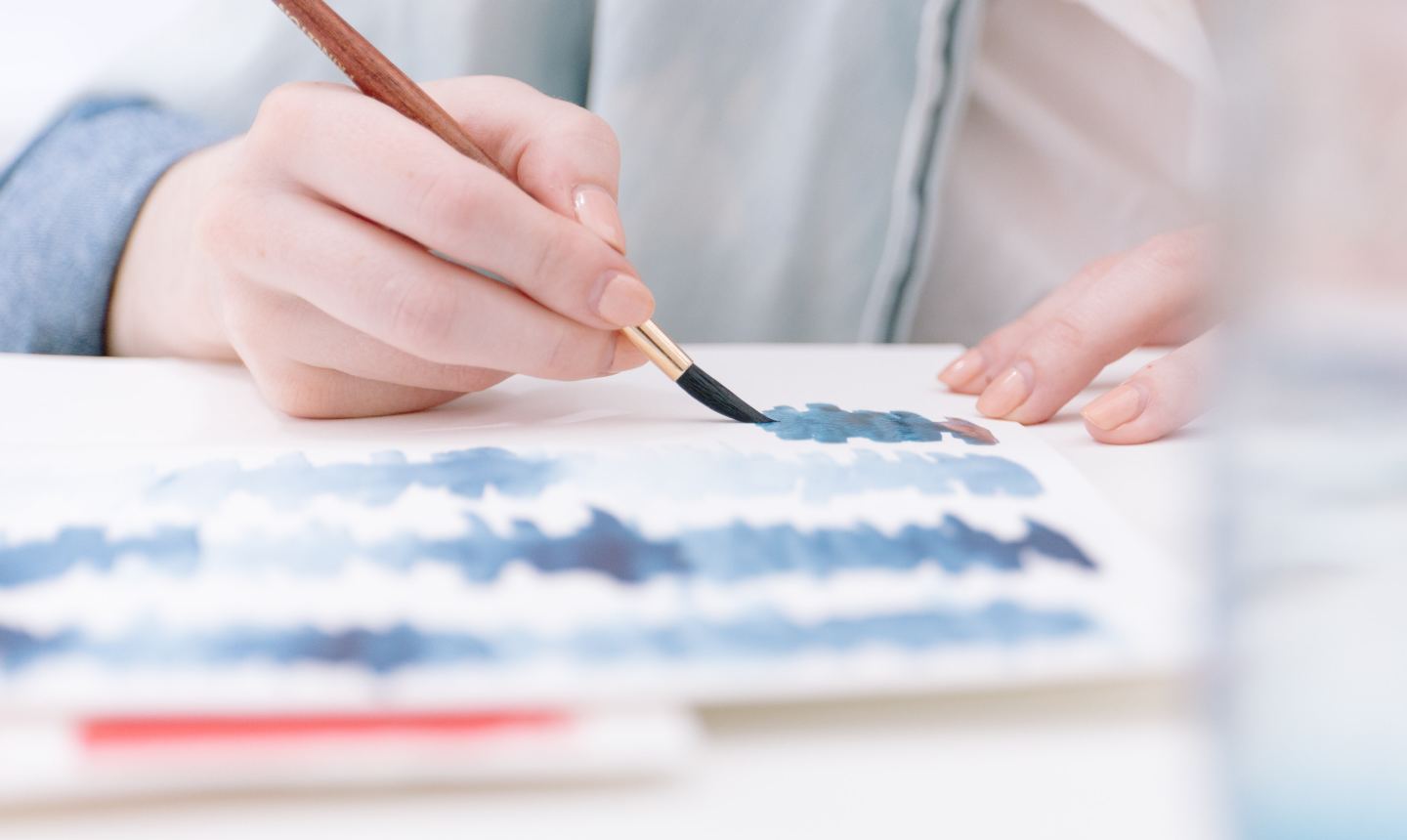
There’s something so satisfying when I get to see one of my students have a “lightbulb moment” about their watercolor practice. These little epiphanies have been scattered along my own creative path too, and I love sharing them with anybody who will listen. When we try to build a new skill, there are so many things to learn — rules, tips, techniques — that it can feel really daunting. But there are a few things that stand out as the most helpful “a-ha moments” I wish I had known about sooner.
Learning to See Is Learning to Draw
If you want to improve your watercolor skills, my biggest piece of advice is to learn how to draw. Drawing and sketching give us the ability to capture our subjects in line on our paper and that’s the foundation for every other medium we might decide to use.
Learning to really see is the best way to learn how to draw, and when we see things more like an artist, our drawings really start to improve. Spend some time each day really seeing some simple everyday items around you and try to draw them in your sketchbook. Exercise your eyes and hands so they work together, and learn to quiet your brain.
Progress, Not Perfection
As beginners, our taste in art usually exceeds our ability to actually execute. While we’re busy learning new techniques and skills, it sometimes takes a while for our results to catch up to what we want. This is when so many people give up, but we need to let go of our great expectations and just spend time enjoying the process of creating and applying brand new skills. If you come from a place of simply wanting to learn, there’s really no such thing as failure. Every effort we make has a purpose and a place. Every piece of art we create has undiscovered beauty in it if we look at it with appreciation instead of criticism.
Here’s a bonus tip: When I learn a new skill or embark on a new project, I know I’ll need to do it at least three times. The first time is for learning, the second time is for practicing what I’ve learned, and the third time is where it starts to stick. By that time, I know what to expect and can really relax and embrace the process. With this mindset, we stomp out frustration and instead find joy in the time spent creating and learning. When we feel that joy, we’re more apt to show up to our art supplies and get busy. And the more we show up, the quicker we progress.
Process, Not Product
Take the time to focus on the little things — how beautiful our tools and materials are. The magical way watercolor plays on paper. Then you can start to let go and have fun. Find simple projects you can do that are free, playful and creative to mix into your more serious efforts. I spend at least ten minutes at the beginning of a watercolor session just playing with my paints on paper. I use small pieces of watercolor paper and save them in a stack to send out in the mail as tiny surprises for friends and family. I even cut up my free-play paintings to use as bookmarks.
Don’t Be Afraid to Imitate
Don’t be afraid to imitate art that you admire while you’re practicing and learning. Find a painting you admire and try to mix the colors you see. Try to draw the simple shapes of the composition to learn about balance in your pictures, and then try to paint a simple version of the painting you love. You’ll learn a lot about how to craft a successful painting, and have a great time in the process! Keep these studies as a record of your progress, and you’ll be amazed with what you see. Don’t forget: Anything worth learning well will take time.

thanks for this! It really helped me me to sort some things out for my upcoming paintings :)
Thank you very much. It’s really helpful.
Thanks for the great advice!